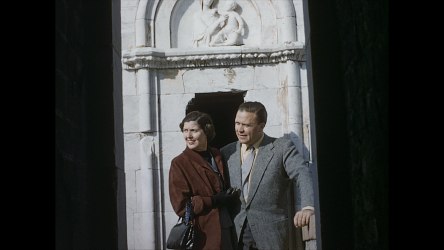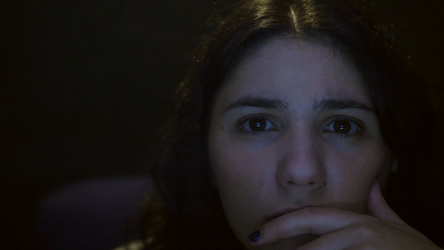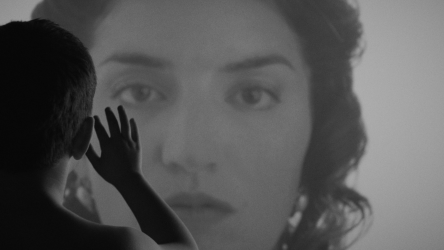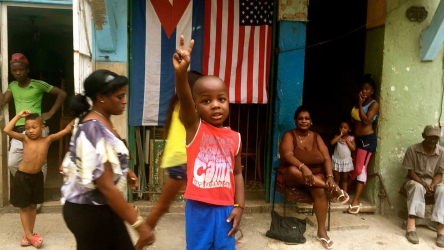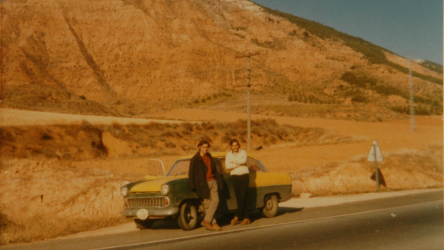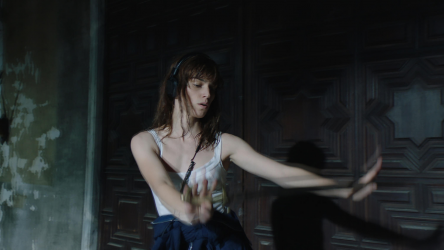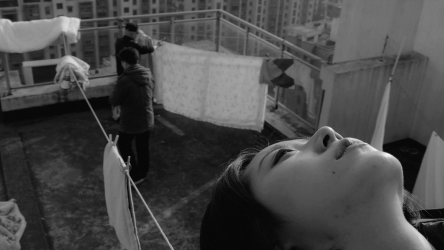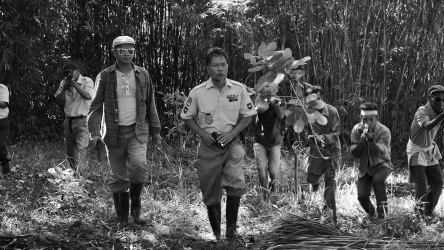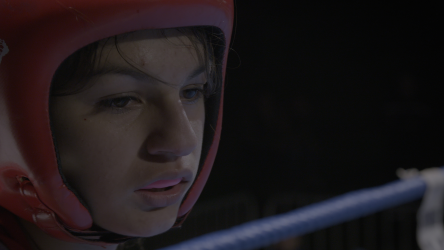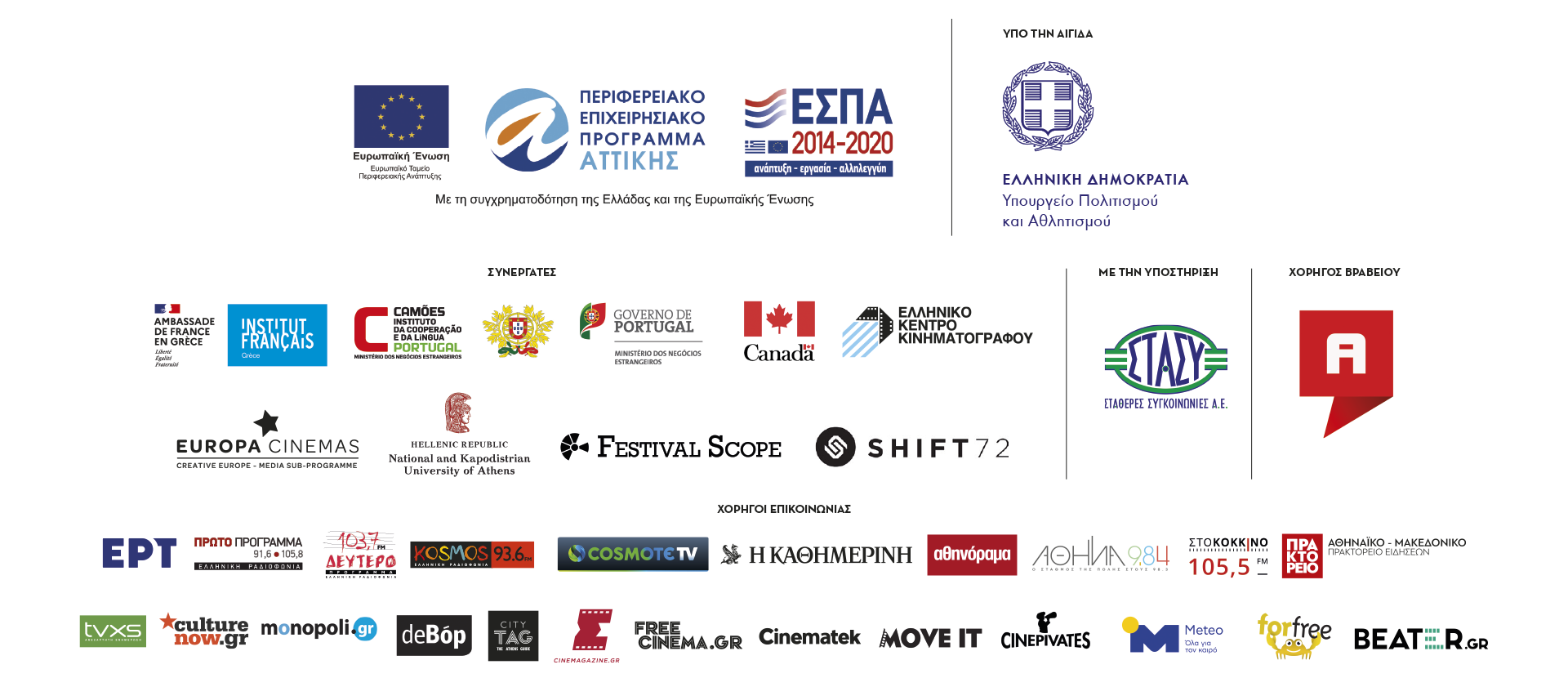The selection of the films for the International Competition during the pandemic raised again issues concerning the relation of cinema with the concept of the archive. If, according to Derrida, films can also “stand as archives of evil: apocryphal, destroyed, forbidden, altered or repressed”, then the relationship between curators and directors evolves into a relationship of “complicity” in the management of cinematic texts as cultural indexes. Hence, the films selected are by directors who “never resign from the need to appropriate authority over the text”, as they weave narratives of both collective and suppressed memories.
In the film “Genus Pan”, Lav Diaz taps into the collective memory of contest and struggles of both contemporary Filipino society and colonial brutality. Hubert Sauper, in the documentary “Epicentro”, traverses the Cuban cultural index and uses both newsreels and old films, such as Chaplin’s, and recent memories and testimonies of Cubans, especially children, to compose a to this day untold story of the island. Ra'anan Alexandrowicz’s “The Viewing Booth” is a powerful parable about spectatorship, in which we as viewers, like the viewer of images from the West Bank in the documentary, remain on the one hand "bound" at Plato's cave, but on the other refuse to resign authority over the text. In Jonathan Rescigno’s documentary “Strike or Die”, archival footage from miners' strikes in the Lorraine region is juxtaposed with contemporary stories, such as that of the physical and mental tests experienced by teenagers of Arab descent in boxing matches.
The body as a site where painful memories are inscribed is a motive underlying four films by women directors and one by a man.In “My Mexican Bretzel”, Nuria Giménez with great flair edits an amateur family film archive from the 1950s and invents a Pirandellesque but highly cinematic fiction about memory inscriptions on the body. In “The Cloud In Her Room”, Zheng Lu Xinyuan creates a heroine reminiscent of Nouvelle Vague, who, with an intense corporeality, goes through disturbed family and interpersonal relationships in the vast and alienating Hangzhou in China. In “Kitâb al-isfâr: Book of the Journey”, Baba Hillman recalls the memories of a near-fatal accident and narrates how it brought her close to mystical Sufism. Argentinian Jazmín López, in “If I Were The Winter Itself”, wanders like her heroine in a remote estate to heal two wounds: the defeat of the Left to which her film-loving father belonged and her own broken relationship. Finally, Claude Demers in his highly poetic essay-film, "A Woman, My Mother", treats the trauma of his mother's rejection through archival material from Quebec in the 1960s.
Film Selection: Nicole Brenez, Maria Komninos, Nina Veligradi, Electra Venaki
Programming: Nina Veligradi
Introduction: Maria Komninos



